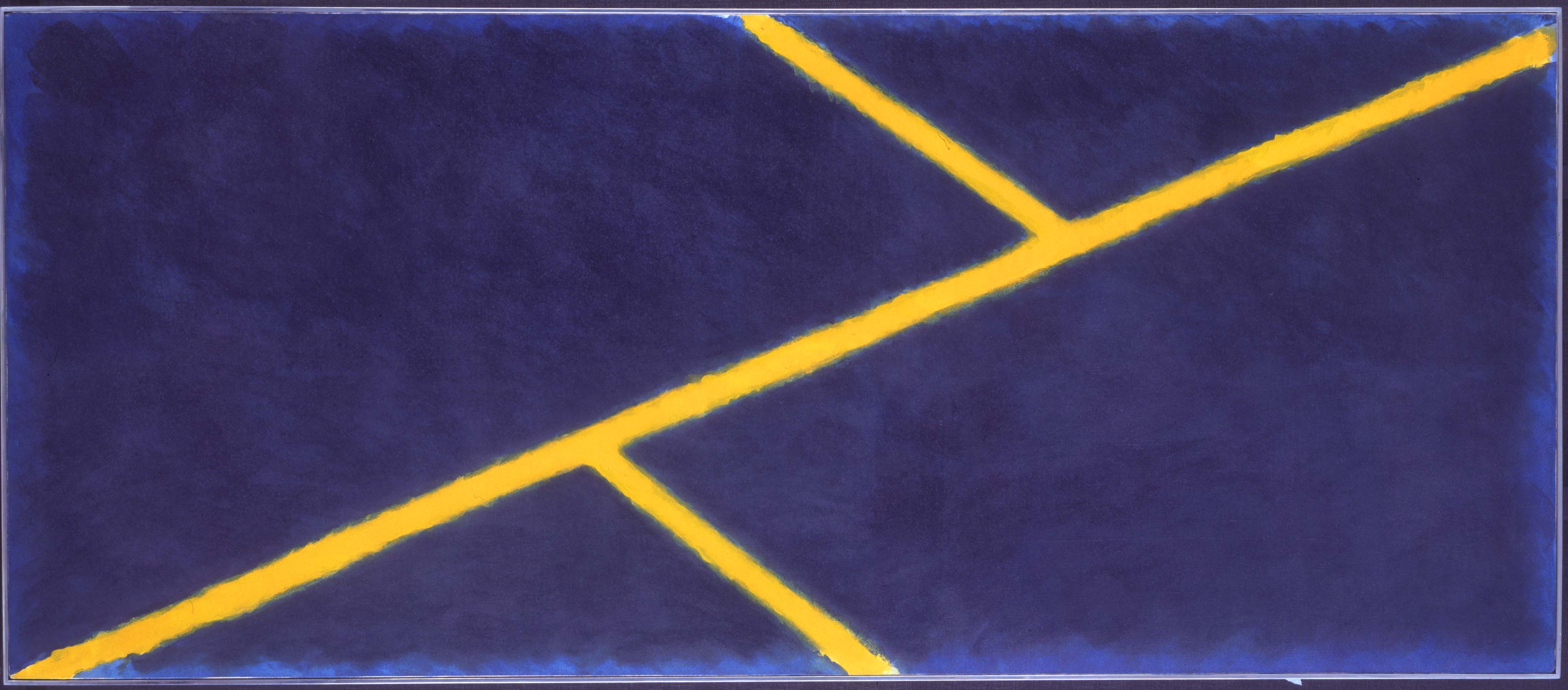Nationality
British
Education
- 1963-64: Studied at L'Ecole Nationale Superieure d'Architecture et d'Art Visuel, Brussels
- 1962-63: Studied at Leeds University Institute of Education
- 1953-60 (interruption): Studied at Hornsey College of Art London
Taught
- 1975 & 1998: New York
- 1980-88: Martin’s School of Art, London
- 1996-2000: Montmiral, France
Background
When a bomb destroyed the Edwards home the family escaped, only to realise that toddler John was still in the ruins. Found amid the rubble, he was chipper and none the worse for wear. And so he remained: tough,
good-humoured, resilient.
After a rather international education he showed abstract paintings at London’s Rowan Gallery, in Syracuse, Washington, San Francisco, Turin and, later, Jaipur and New Delhi. Edwards was also a sculptor whose work was
seen around the world. He is represented in collections of the Arts Council of Great Britain, the British Council, the Contemporary Art Society, the European Parliament, the Gulbenkian Foundation, the Power Institute
of Fine Arts in Sydney and the Guggenheim.
The artist
His forms were influenced by the jazzy, improvisational techniques of the abstract expressionist painters who came into favour in New York after the Second World War. But his paintings had an architecture that resembled
sculptural forms and, conversely, his sculptures had a painterly touch, often light and airy.
In the last decade of his life, he spent more and more time in India, particularly Jaipur, and he considered Rajasthan his spiritual home, sustaining him through lean years. His travels allowed him to escape the
pressures of London and introduced him to a new culture, one ready to embrace his palette, shapes and ideas. India, its colours and shapes, its crowds and vistas, became an abiding influence, and his work enjoyed
a second life, with major shows and wide coverage by the Indian press.

